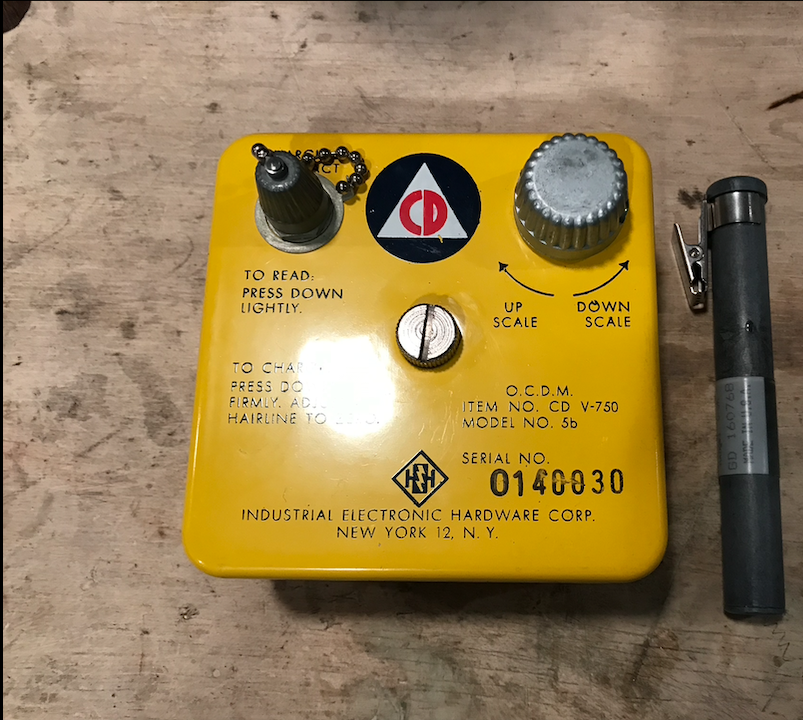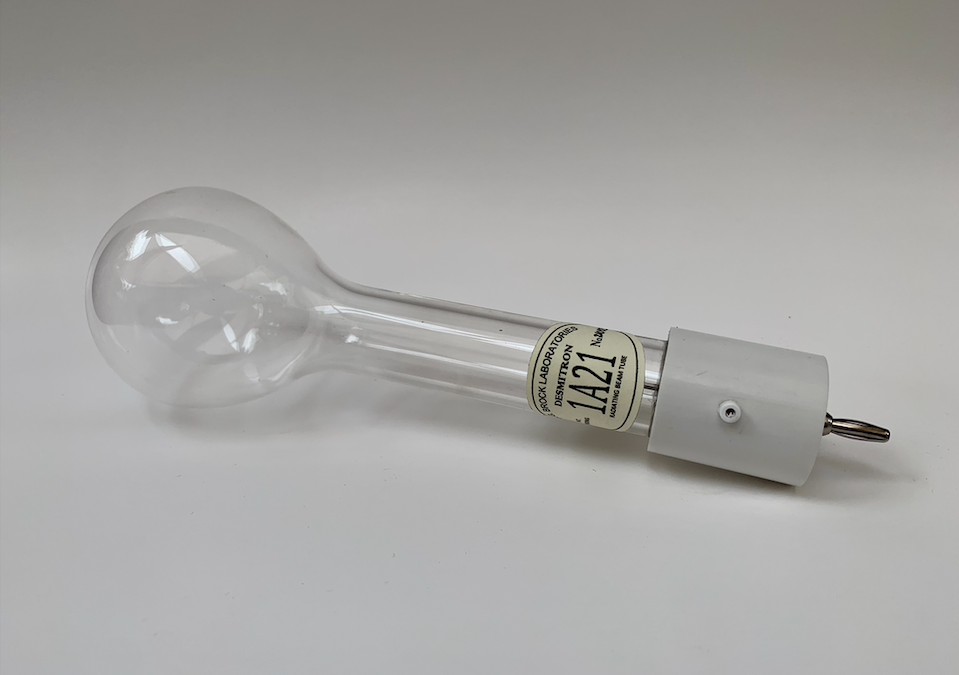Shadowgraph Rays on Living Matter – Part 1

With current study into the realm of single wire – high vacuum, primarily in the direction of Shadowgraph Ray production, the concern of whether such rays pose any biological harm becomes questionable. Without having various test samples possessing organic life of non-particular ionizing radiation resistance, it may become possible to determine the adverse effects, should any prevail, of rays emanating from such Shadowgraph tubes. Hence, an experiment devised by the latter will suffice in explaining a possible difference between rays produced by a single electrode tube, and that of a conventional x-ray tube.
For this purpose, micro-organisms and single-celled algae samples were gathered from a nearby body of stagnant water, in which the below video illustrates the observed sample under a magnification of 500x.
The largest organisms observed in this water sample, as shown in the video, are generic water fleas belonging to the Chydoridae family in the order Anomopoda. Such organisms do not possess any particular radiation resistance, including the algae seen floating around in the sample. This provides a testing ground to impose such special rays upon, to provide understanding into the effects of these manufactured rays.
A slide of this water sample was set one inch away from an ordinary Shadowgraph Tube, and received a total exposure of 150 Roentgens according to a calibrated Arrow-Tech pen dosimeter.


While the electrostatic makeup of the dosimeter may persuade one to conceive of the electrostatic forces emanating from the high frequency powering unit to impose themselves upon the dosimeter, rendering any reading to be false, this notion fails to preserve itself. Work has been carried out to disprove this with success, demonstrating that the dosimeter readily and solely responds to the rays emitting from the tube.
Having a glass slide containing the micro-organisms exposed to 150 Roentgens, the resultant video was obtained of the specimen, seen 24 hours after exposure.
Despite the intensity of the rays as directly measured, algae seen in the footage above still continued to reproduce and thrive without issue. Likewise, the multiple water fleas subjected to the same, did not perish as originally hypothesized. Hence, the reader will inquire as to whether such rays, although seemingly harmful, may not possess the same characteristics as traditional X-Ray radiation (Roentgen Rays).
Thereby, if a single electrode tube supplied by high frequency manifests a unique type of “safe” ray, as opposed to a dual terminal Direct Current tube, then the application of the latter may propose new realms of research and application. The possible biological hazards associated with Shadowgraph tubes which emanate Tesla Rays, is still under firm investigation. Thus far, inflicted harm upon living organisms by due action of the Shadowgraph tube ceases to exist.
Share this:
- Click to share on Twitter (Opens in new window)
- Click to share on Facebook (Opens in new window)
- Click to share on Pinterest (Opens in new window)
- Click to share on LinkedIn (Opens in new window)
- More
- Click to share on Reddit (Opens in new window)
- Click to share on WhatsApp (Opens in new window)
- Click to share on Mastodon (Opens in new window)
- Click to share on Telegram (Opens in new window)
- Click to share on Tumblr (Opens in new window)
- Click to share on Nextdoor (Opens in new window)
- Click to share on Pocket (Opens in new window)
- Click to email a link to a friend (Opens in new window)

